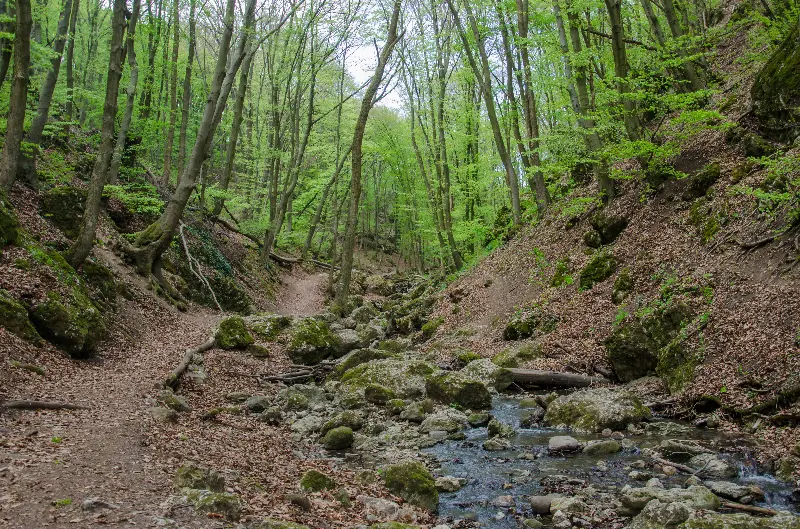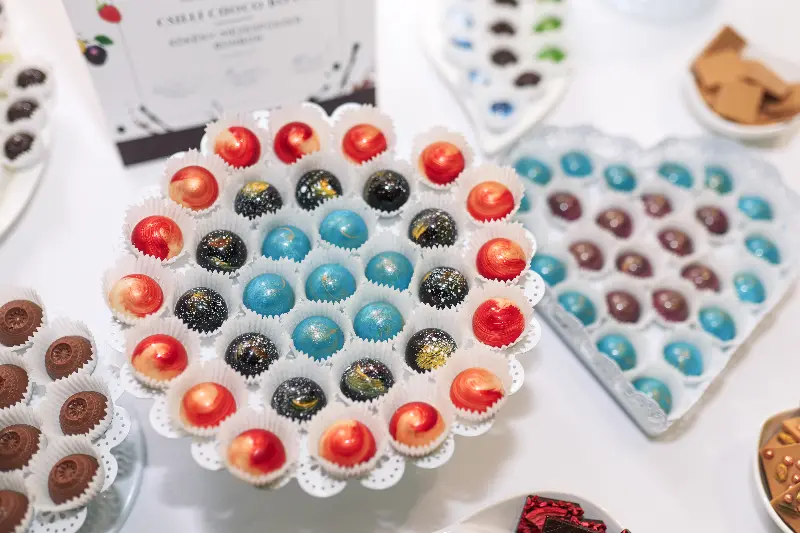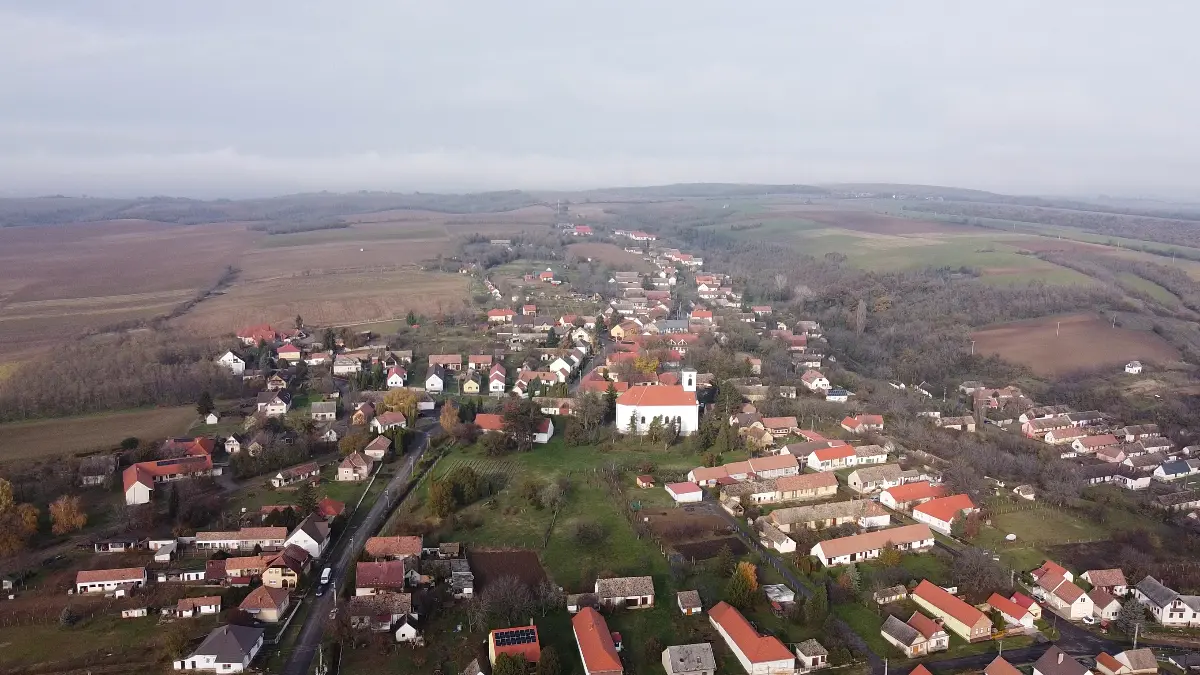
Helyszín címkék:
A museum of headscarves and shawls that preserves the "messages" of former women
Németh Krisztina
“St. Michael’s Day has already passed, when the harvest of the crops is over. The long, winter evenings are coming, and the needlework can begin in the homes by the warmth of the stove and the flame of the candle”
” – recalls the atmosphere of a corner of the past the wife of Mr. János Schenk, Angéla. The woman from Geresdlak, when she is not hanging out with her family, is a guide at local exhibitions. There is hardly a question she can’t answer credibly. After all, she has lived it all. Now she takes us into the most exciting details of headscarves and shawls.
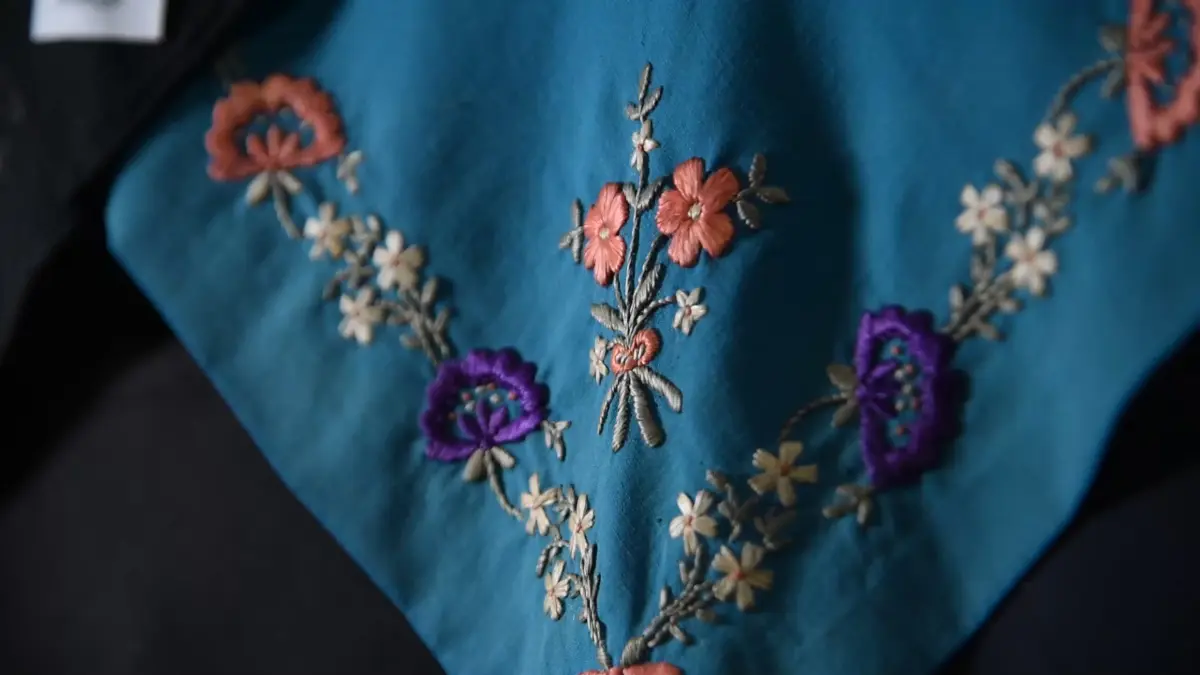
Many people use the expression “her head was tied”, but they do not know its origin.
It was nothing but a message. The girl who got married, tied a headscarf after the bridal wreath and wore it for the rest of her life. It was not appropriate for a married woman to appear without a headscarf.
“If they hung the headscarf a little crooked, it was already a topic of gossip in the village. The women were also very careful in wearing the headscarf. It was tied so that it was at shoulder height, straight and exactly in the middle of the back (it should not deviate to the right or left). It had to be pulled forawrd, to the forehead. No lock of hair, no tuft of hair could be seen. Those who regularly wore their headscarves crookedly gave the village a topic of discussion, they talked about the “mess”. “The Swabians would simply say ‘Sie ist nicht zomgerammt’ (she’s not properly put together)”, Angéla said with a smile, but with due respect.
The most interesting ones of the hundreds of headscarves are on display at the local exhibition
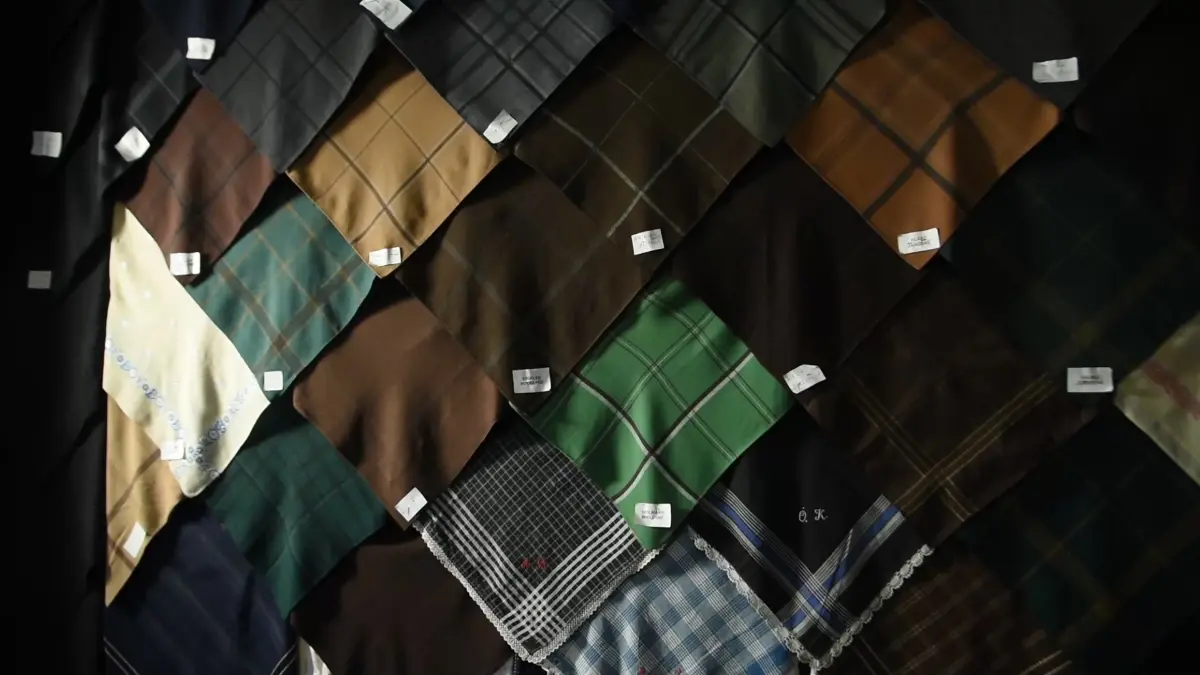
In Geresdlak, you can learn about the stories of these headscarves. In the centre of the village, in a small room, you can find an exhibition of colours and materials.
“We found so many headscarves in the attics of Geresdlak that it would have been a shame to let them go to waste. So we opened a museum dedicated to scarves, just like in the case of local folk costumes. We have a no secret aim of preserving the most beautiful pieces for posterity and telling the story of how people lived and entertained each other in the village back then,” says Angéla.
“Once upon a time, people created their own pleasures, not expected them from others.”
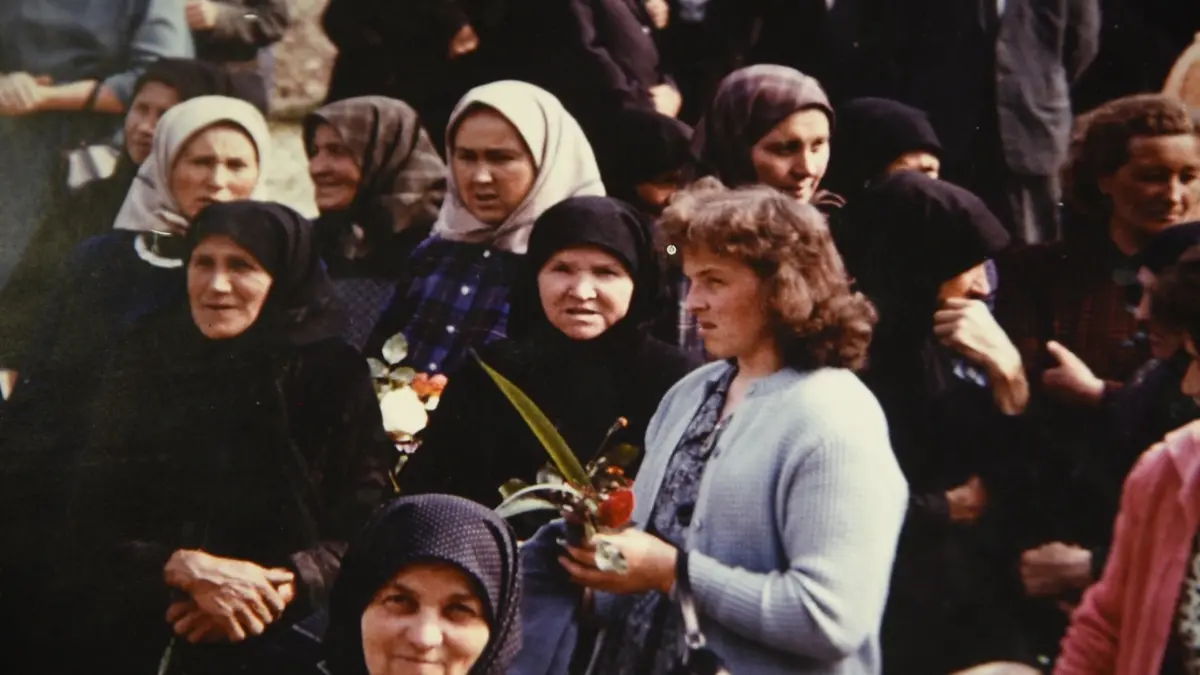
The beautifully embroidered scarves and shawls were a source of joy and pride, and such small pleasures made their simple lives more beautiful. The scarves and shawls were often decorated and embroidered with floral motifs and wreaths. Roses, forget-me-nots, lilies of the valley, leaves and rosemary were the most common motifs. The harmony of embroidery and colours reflected the women’s taste, creativity, diligence and fastidiousness.
The main colours of Geresdlak folk costume were blue, green, burgundy, brown and black. They were also used for embroidering shawls. The most solemn colour was black, worn for important church and family celebrations, with the accompanying black silk or brocade shawl. They brought the characteristic colours from the old country, the Black Forest region.
The use of the scarves and shawls was also determined by the seasons
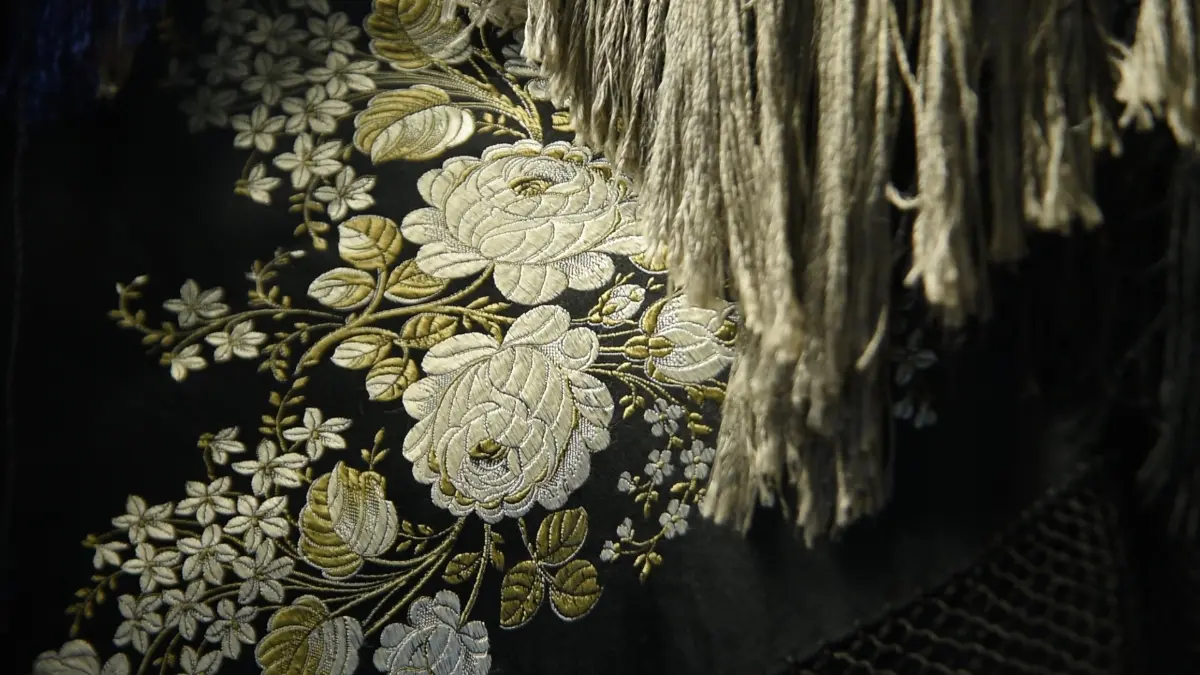
In summer, they wore light-coloured flannel, cloth or poster cloth, and in winter darker-coloured cloth. In cooler weather, they preferred to wear a shawl made of cloth or wool. On very cold days, they covered their heads and shoulders with a woolen or crocheted large shawl (berliner), which was the equivalent of an early hood. Wealthier families bought better quality materials. The embroidery and decorative work was done by the younger generation.
It is interesting that the Swabian women’s headscarves differed in colour, embroidery, material and even in the way they were tied from the headscarves of the Hungarian women living here. Folk costume was also different, with skirts that were not pleated but drawn and much shorter, and fewer petticoats.
The museums in Geresdlak, including also the Doll Museum, which we mentioned earlier, are open by appointment.

